The intersection of neural networks and chaos theory has emerged as one of the most fascinating frontiers in computational science. Researchers are increasingly turning to neural networks to model, predict, and even control chaotic systems—a task that was once deemed nearly impossible due to the inherent unpredictability of such systems. The marriage of these two fields is unlocking new possibilities in areas ranging from weather forecasting to secure communications, offering insights that could reshape our understanding of complex dynamical systems.
Chaos theory, at its core, deals with systems that are highly sensitive to initial conditions, often referred to as the "butterfly effect." These systems, while deterministic, exhibit behavior that appears random and is notoriously difficult to control. Traditional methods of controlling chaos often rely on precise mathematical models, which can be limiting when dealing with real-world systems where noise and uncertainty are ever-present. This is where neural networks come into play. Their ability to learn from data and adapt to nonlinear patterns makes them uniquely suited for tackling the challenges posed by chaotic systems.
Recent advancements in neural network architectures, particularly recurrent neural networks (RNNs) and reservoir computing, have shown remarkable promise in modeling chaotic dynamics. Unlike conventional approaches, these networks do not require an explicit mathematical model of the system. Instead, they learn the underlying patterns from observational data, effectively "discovering" the rules governing the chaos. This data-driven approach is particularly valuable in scenarios where the system's equations are unknown or too complex to derive analytically.
One of the most compelling applications of neural network-based chaos control is in the realm of secure communications. Chaotic signals, with their inherent unpredictability, can be used to encode information in a way that is extremely difficult to intercept or decode without the correct key. Neural networks can be trained to synchronize with these chaotic signals, enabling the development of robust encryption techniques. This synchronization is not trivial—it requires the network to predict and adapt to the chaotic behavior in real-time, a feat that underscores the power of modern machine learning techniques.
Beyond communications, the implications for climate modeling are profound. Weather systems are classic examples of chaotic systems, where small perturbations can lead to vastly different outcomes. Neural networks are being employed to improve the accuracy of weather forecasts by learning from vast datasets of historical weather patterns. By capturing the nonlinear interactions that drive atmospheric dynamics, these models can provide more reliable predictions, potentially mitigating the impact of extreme weather events.
Another exciting development is the use of neural networks to stabilize chaotic systems in engineering applications. For instance, in mechanical systems prone to chaotic vibrations, neural controllers can be trained to apply precise perturbations that steer the system toward stable behavior. This approach has been successfully demonstrated in controlling chaotic oscillations in power grids and even in stabilizing fusion plasmas—a critical step toward achieving practical nuclear fusion energy.
Despite these successes, challenges remain. Training neural networks to control chaos requires large amounts of high-quality data, and the networks themselves can be computationally expensive to train and deploy. Moreover, the "black box" nature of neural networks means that interpreting their decisions—understanding why a particular control action was taken—can be difficult. Researchers are actively working on techniques to make these models more transparent and interpretable, ensuring that their behavior can be trusted in critical applications.
The fusion of neural networks and chaos control is still in its early stages, but the potential is staggering. As computational power continues to grow and algorithms become more sophisticated, we can expect to see even more innovative applications emerge. From revolutionizing how we predict natural disasters to enabling unbreakable encryption, the synergy between these fields is poised to transform multiple industries. The journey to harness chaos is just beginning, and neural networks are proving to be an indispensable tool in this quest.
Looking ahead, the next frontier may lie in adaptive chaos control—systems that can learn and evolve in real-time, adjusting their strategies as the chaotic environment changes. This could lead to autonomous systems capable of managing complexity far beyond human-designed algorithms. Whether in biology, finance, or artificial intelligence, the ability to control chaos opens doors to understanding and manipulating the very fabric of unpredictable phenomena. The future of this field is as dynamic and unpredictable as the systems it seeks to control—and that, in itself, is a thrilling prospect.

By Thomas Roberts/Apr 19, 2025

By Michael Brown/Apr 19, 2025
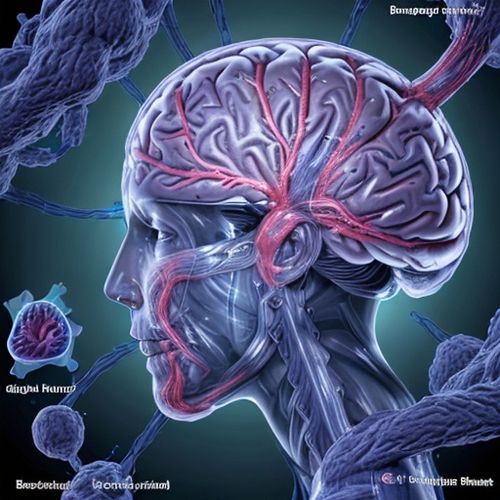
By Victoria Gonzalez/Apr 19, 2025

By Benjamin Evans/Apr 19, 2025

By Eric Ward/Apr 19, 2025
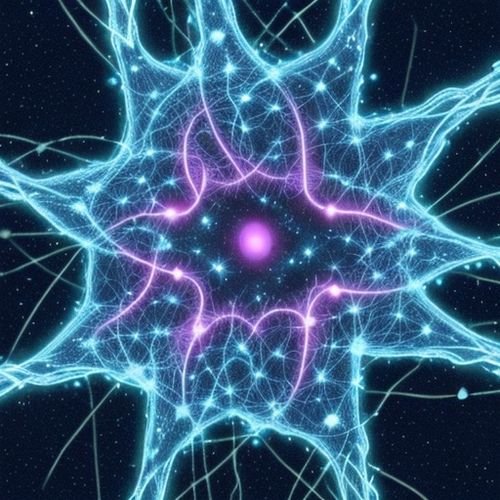
By Emily Johnson/Apr 19, 2025

By David Anderson/Apr 19, 2025
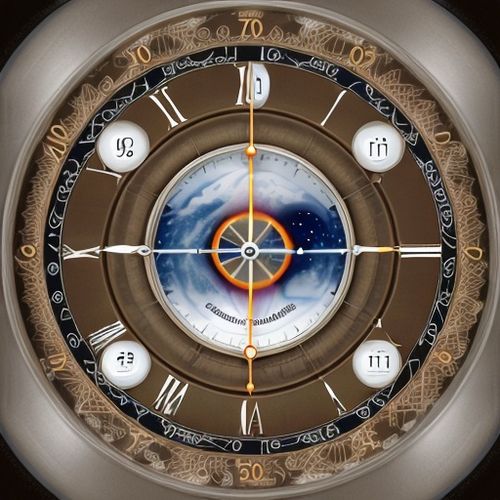
By Olivia Reed/Apr 19, 2025
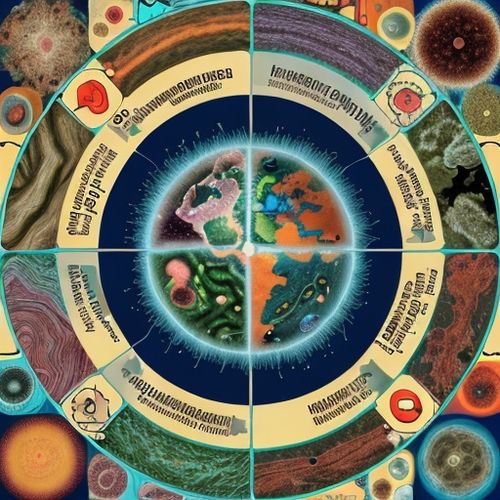
By Emma Thompson/Apr 19, 2025

By William Miller/Apr 19, 2025
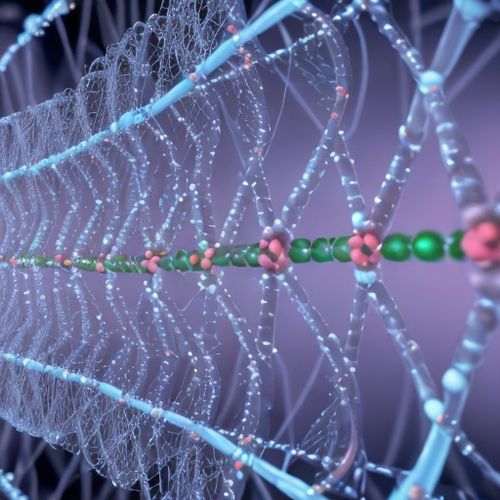
By Laura Wilson/Apr 19, 2025
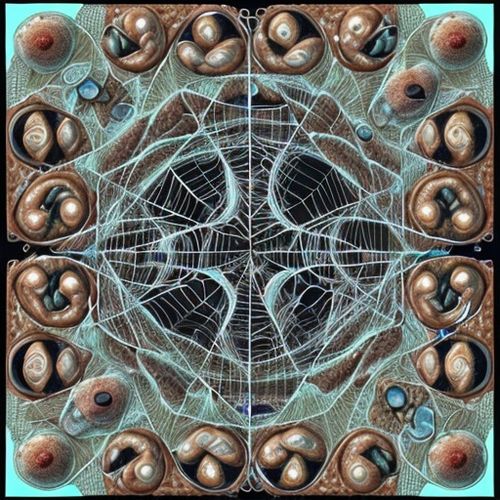
By Emma Thompson/Apr 19, 2025

By John Smith/Apr 19, 2025

By John Smith/Apr 19, 2025
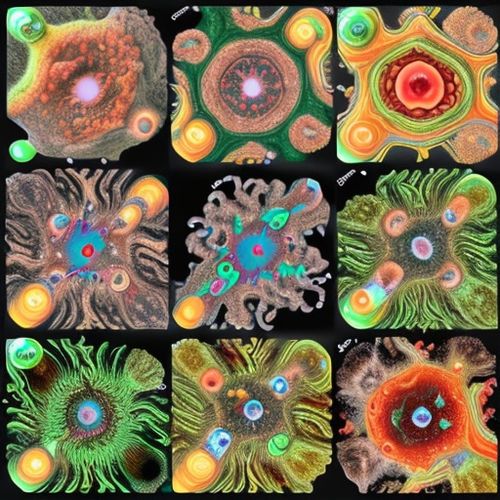
By James Moore/Apr 19, 2025
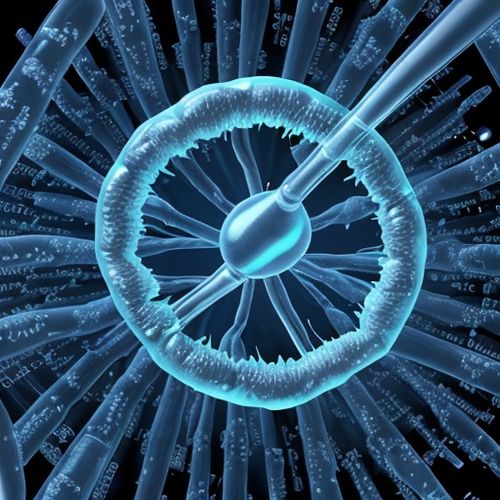
By Michael Brown/Apr 19, 2025

By John Smith/Apr 19, 2025

By Noah Bell/Apr 19, 2025
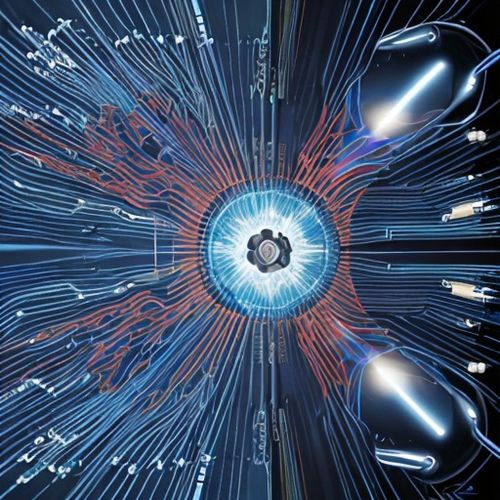
By Emma Thompson/Apr 19, 2025

By Benjamin Evans/Apr 19, 2025